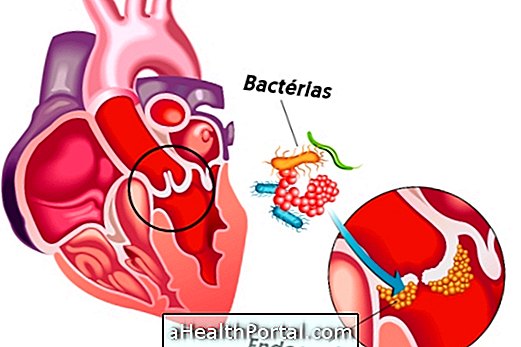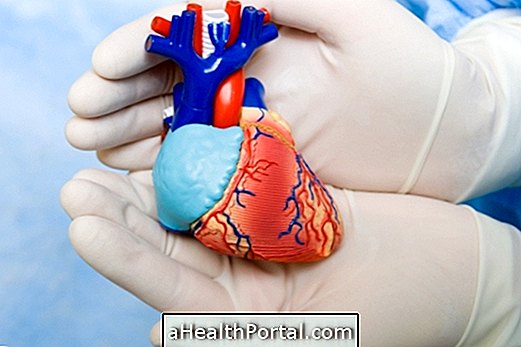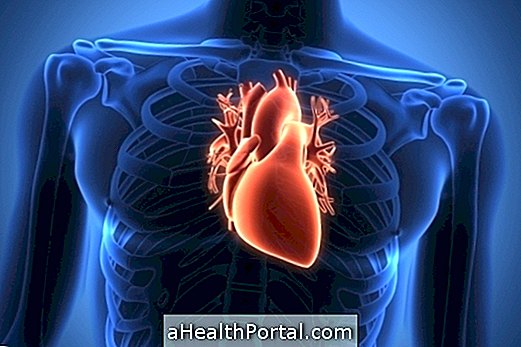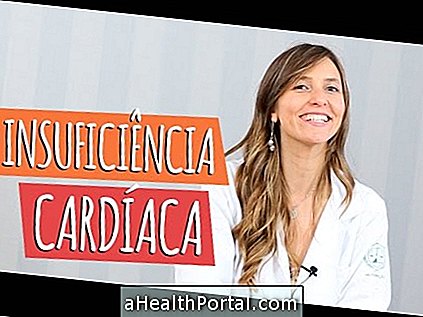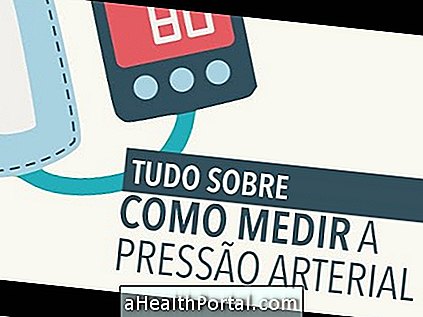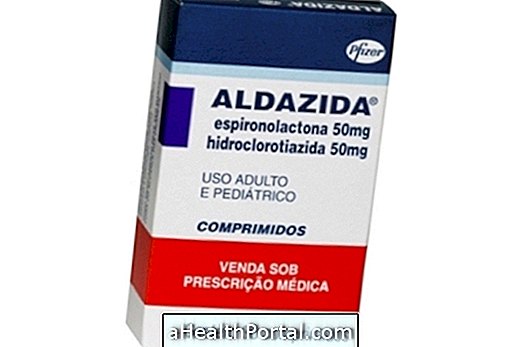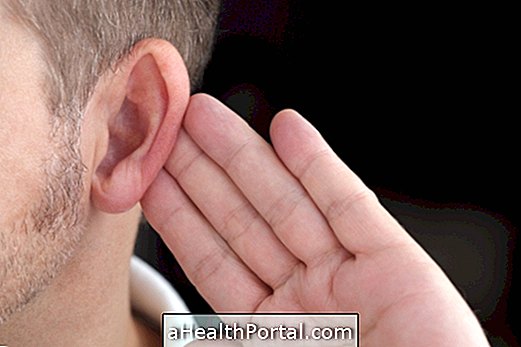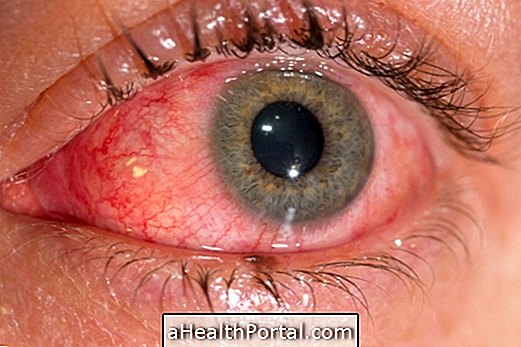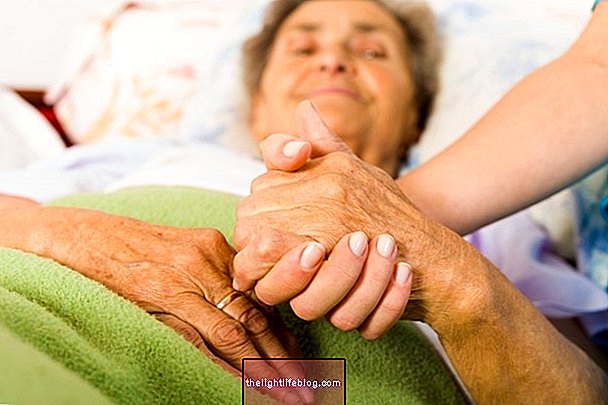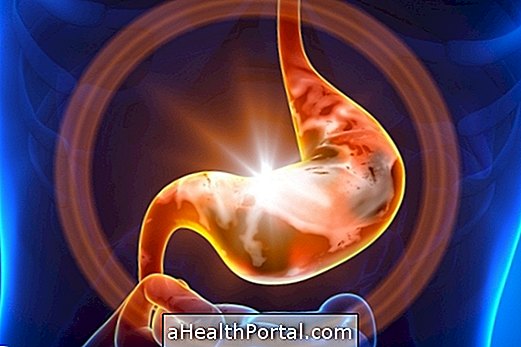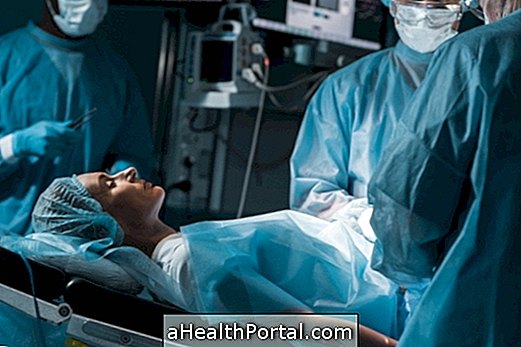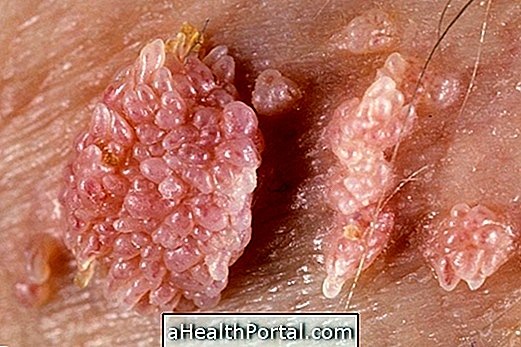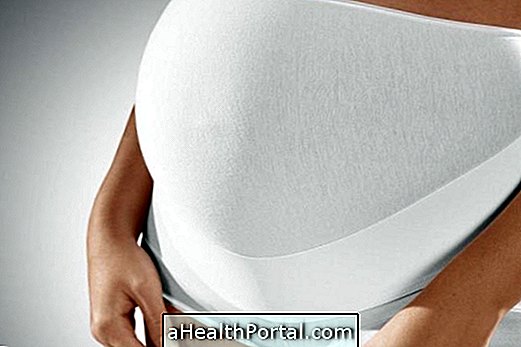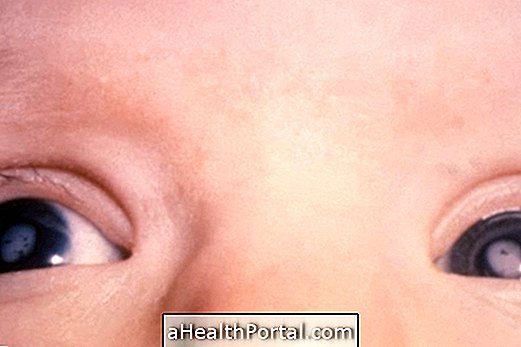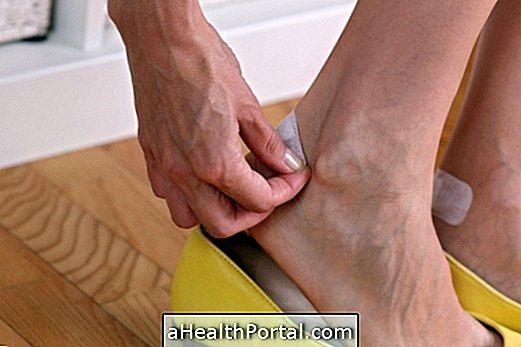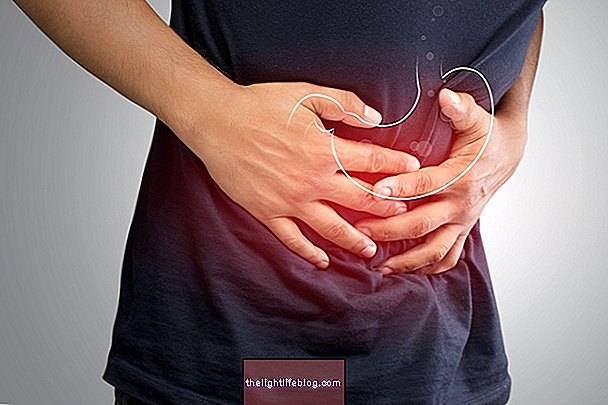The main function of the cardiovascular system is to carry nutrients and oxygen to the cells and remove residues from the cellular metabolism.
The cardiovascular system that includes the heart and blood vessels is responsible for carrying oxygen-rich, low-carbon blood throughout the body, and is responsible for carrying oxygen-rich, carbon-rich blood to the lungs, where there will be gas exchange and blood will once again be rich in oxygen.
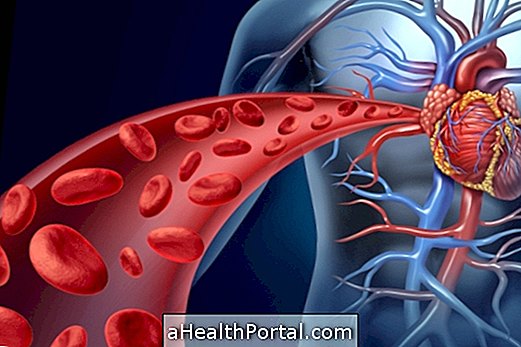
Anatomy of the cardiovascular system
According to the anatomy of the cardiovascular system, the heart is a hollow muscle, located in the center of the chest, which functions as a pump. It is divided into four chambers:
- Two atriums: this is where the blood reaches the heart from the lung through the left atrium or from the body through the right atrium;
- Two ventricles: from there the blood goes to the lung or to the body being ejected respectively by the right ventricle and left ventricle.
The right side of the heart receives the blood rich in carbon dioxide and takes it to the lungs, where it receives oxygen. From the lungs, blood travels to the left atrium and from the left ventricle to the left aortic artery, which carries the blood rich in oxygen and nutrients to the whole body.
To ensure blood flows in one direction, the heart has 4 valves, which include the pulmonary valve, the tricuspid valve, the aortic valve, and the mitral valve. To circulate throughout the body, blood flows into blood vessels, which can be classified as being:
- Arteries: They are strong and flexible, carry blood from the heart and support high blood pressures. Its elasticity helps maintain blood pressure during heart rate;
- Minor arteries and arterioles : have muscular walls that adjust their diameter in order to increase or decrease blood flow in a certain area;
- Capillaries: they are small blood vessels and extremely thin walls, which act as bridges between arteries. These allow oxygen and nutrients to pass from the blood to the tissues and the metabolic waste to pass from the tissues to the blood;
- Veins: carry the blood back to the heart.

The whole functioning of the cardiovascular system is based on the heart beat, where the atria and ventricles of the heart relax and contract forming a cycle that will guarantee all the circulation of the organism.
Physiology of the cardiovascular system
The cardiovascular system can be divided into two parts:
- Pulmonary circulation or small circulation: takes blood from the heart to the lungs and from the lungs back to the heart;
- Systemic circulation or great circulation: it takes the blood of the heart to all the tissues of the organism through the aorta artery.
The physiology of the cardiovascular system consists of several steps, which include:
- Blood from the body, poor in oxygen and rich in carbon dioxide, flows through the venae cavas into the right atrium;
- When filling, the right atrium sends the blood to the right ventricle;
- When the right ventricle becomes full, it pumps blood through the pulmonary valve to the pulmonary arteries, which supply the lungs;
- Blood flows into the capillaries in the lungs, absorbing oxygen and eliminating carbon dioxide;
- Blood rich in oxygen, flows through the pulmonary veins into the left atrium in the heart;
- When filling, the left atrium sends oxygen-rich blood to the left ventricle;
- When the left ventricle becomes full, it pumps blood through the aortic valve into the aorta;
- This blood, rich in oxygen, irrigates the whole organism, except the lungs.
This whole system is called pulmonary circulation and systemic circulation.

Diseases of the cardiovascular system
There are several diseases that can affect the cardiovascular system, which include:
- Angina pectoris : severe chest pain that usually appears when exerting effort, and alleviates with rest. Learn more about this problem in Angina.
- Infarction : Severe chest pain caused by lack of blood in the heart, which can lead to death. Know the symptoms of this problem in Infarction.
- Cardiac arrhythmia : irregular heartbeat, which can lead to palpitations and shortness of breath. Know the causes of this problem in cardiac arrhythmia.
- Heart failure : when the heart can not pump enough blood to meet the needs of the body, causing shortness of breath and swelling in the ankles;
- Congenital heart disease : cardiac malformations that are present at birth, like a heart murmur;
- Cardiomyopathy : a disease that mainly affects the heart muscle;
- Valvulopathy : diseases that affect any of the 4 valves that control the blood flow in the heart. Learn more at Valvulopatias.
- Stroke or stroke : Caused by clogging or tearing of blood vessels in the brain. In addition, stroke can result in loss of movement, speech and vision problems.
Diseases of the cardiovascular system, especially coronary heart disease and stroke, are the leading causes of death worldwide. Advances in medicine have helped reduce these numbers, but the best treatment remains prevention. Here's what to do to prevent stroke in 7 tips to lessen the risk of heart attack and stroke.
Thus, the main function of the cardiovascular system is to carry nutrients and oxygen to the cells and remove residues from the cellular metabolism. The arteries leave the heart with oxygen-rich blood and nutrients, while the veins enter the heart with blood rich in carbon dioxide and metabolic waste, except the pulmonary veins that carry oxygen-rich blood from the lungs.
